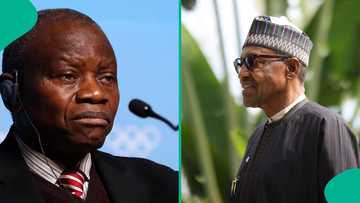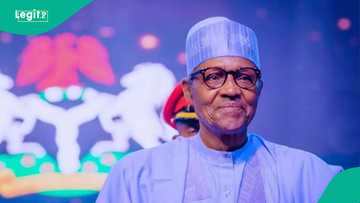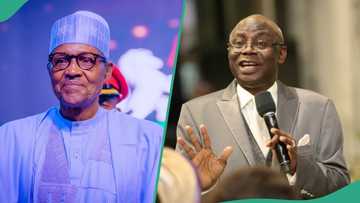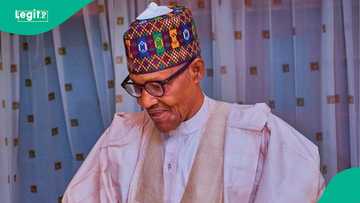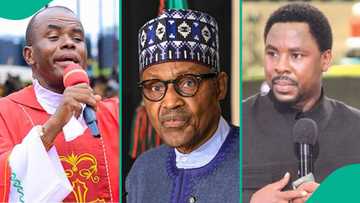Buhari's Scorecard: Inflation, Fuel Price, 6 Other Indices Showing How Nigeria Fared in 8 years
- Former President Muhammadu Buhari recently passed away in London after a brief illness, while undergoing medical treatment
- Following his death, conversations around his performance during his time as president started gaining momentum online
- In this report, Legit.ng analysed 8 key economic indicators and what they showed about the late statesman's performance
Ruth Okwumbu-Imafidon, a journalist with Legit.ng, has over a decade of experience in business reporting across digital and mainstream media.
Former Nigerian President Muhammadu Buhari died in a London Clinic on Sunday, 13 July 2025. He was subsequently buried on Tuesday, July 15, 2025, in Daura, Katsina state, after his body arrived in Nigeria.
As Nigerians reflect on the leadership of the late statesman, Legit.ng has analysed key economic indicators.
Sourcing data from archives across the Central Bank of Nigeria (CBN), the National Bureau of Statistics (NBS), these indices provide data-backed insight into how the Nigerian economy fared under former President Muhammadu Buhari for the two tenures running from May 29, 2015, to May 29, 2023.
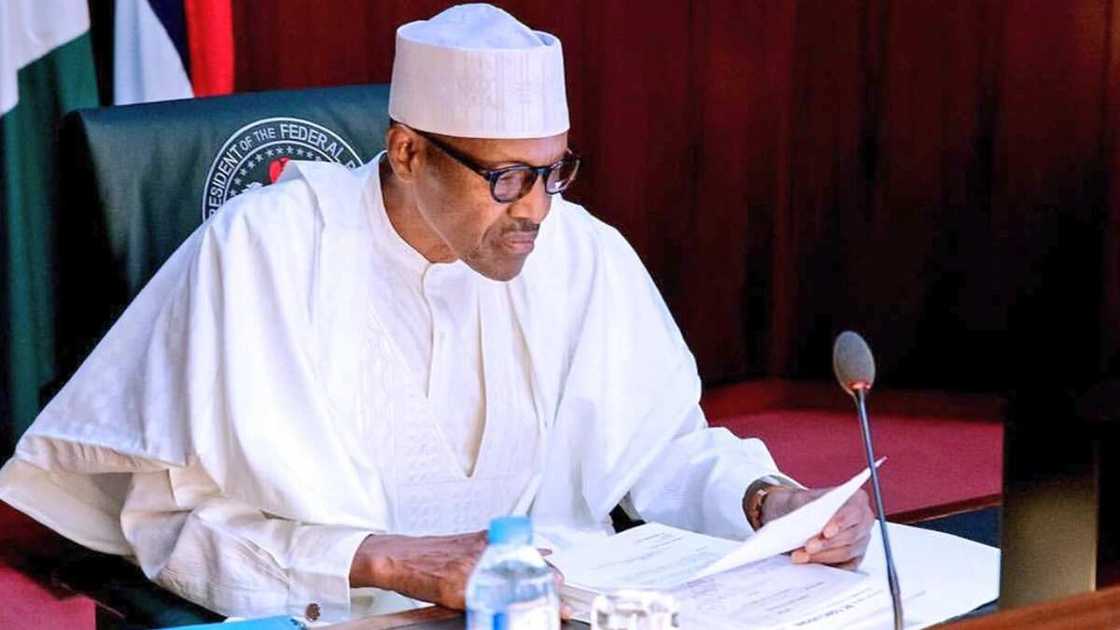
Source: Facebook
1. Inflation rate
Inflation is the index that matters most to the regular Nigerian, as it shows the progression in the cost of living.
Headline inflation under President Olusegun Obasanjo dropped from 12.2% to 4.64% at the end of his tenure in May 2007. Under the late President Umar Yar’Adua/former President Goodluck Jonathan, it spiked to 15.04% and declined to 9%.
During the eight-year tenure of late Muhammadu Buhari, this index surged continuously, closing at 22.03% as of March 2023. This explained why Nigerians groaned continuously under the rising cost of living.
Interestingly, the food inflation remained higher for northern states like Borno and Niger, with residents spending more to feed.
2. Unemployment rate
The unemployment rate as an index is not just another of those numbers. It matters to Nigerians as it points to the number of people qualified and willing to work, but unable to secure gainful employment.
Former President Olusegun Obasanjo met the unemployment rate at 10% and left it slightly higher at 12.30%. The numbers declined under the Yar’Adua/Jonathan administration, coming down to 6.41% by May 2015.
Under the late Buhari, the unemployment rate grew massively and reached 33.28% by the end of his 8-year tenure. States like Rivers and Abia have the highest unemployment rate.
3. Foreign Exchange (FX) rate
As a country that brings in a lot of imported goods, the foreign exchange rate per time is indicative of the cost of living as well. When the naira is appreciating, Nigerians are able to buy at affordable prices, while depreciation translates into higher prices.
Under Former President Olusegun Obasanjo, the naira to US dollar rate went up by about 580% from N21.89/$ in 1999 to N128.29/$. Under the Yar’Adua/Jonathan administration, the naira depreciated by 53.5%, moving from N128.29 to N197/$.
During Muhammadu Buhari’s 8 years, the FX rate jumped by 234% from N197 to N461.06/$ in 2023, especially after the CBN spent trillions of naira repaying interest on the controversial 2019 OMO bills
4. Nigeria’s total debts
Former President Obasanjo reduced Nigeria’s total debts from $36 billion in 1999 to about $3 billion in 2007. Under Yar’Adua/Jonathan, debt increased again to $7.35 billion in external debt, and N8.84 trillion in domestic debt by 2015.
Buhari took Nigeria’s external debt from $7.35 billion to $41.69 billion by December 2022. At this time, total debt had hit $100 billion (or N41.6 trillion based on the prevailing exchange rate at the time).
At the time he left office, Nigeria was using 96% of its revenue to service debts.
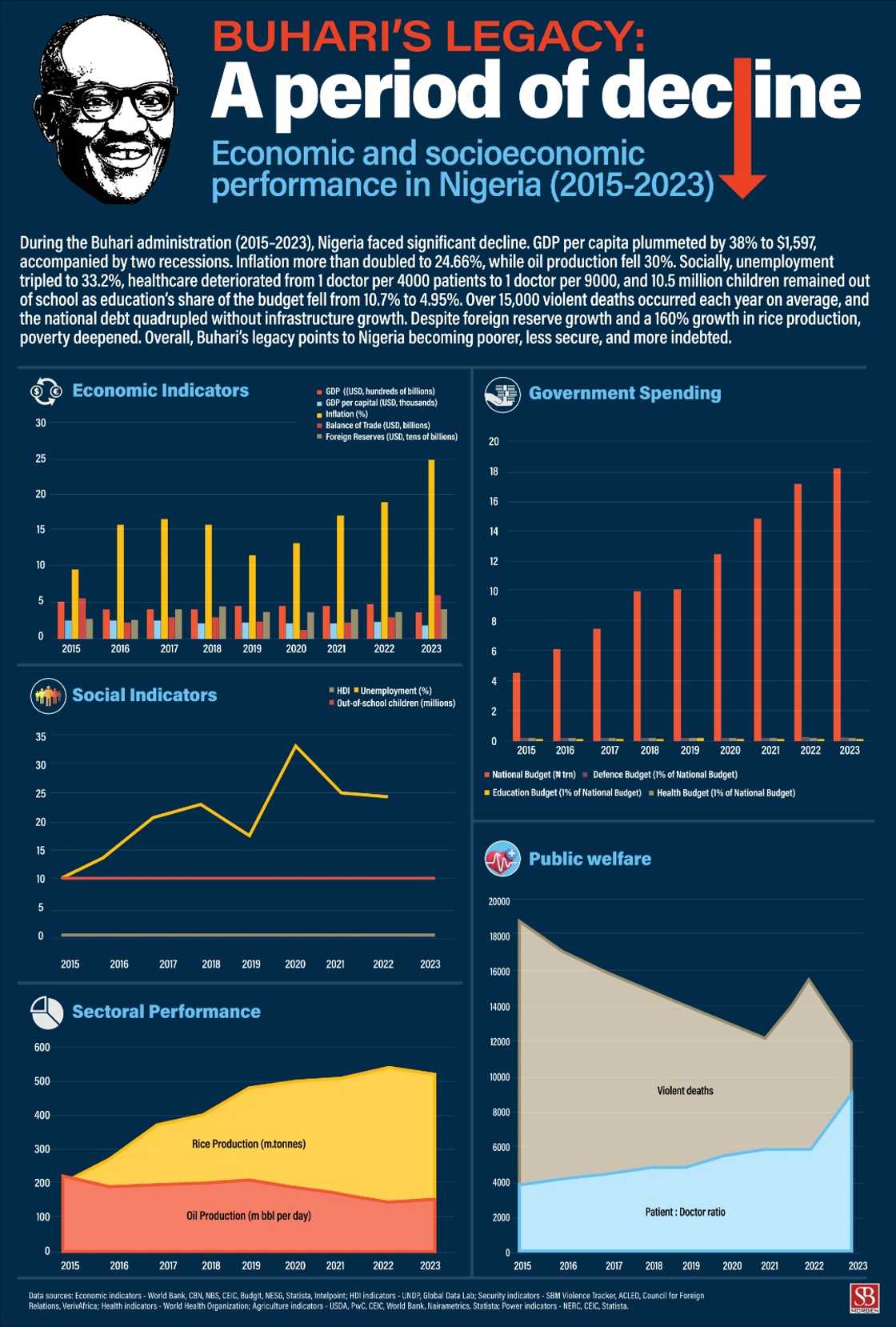
Source: UGC
5. GDP growth
While this indicator may not seem to matter to the common man, it is a key indicator of how economic and industrial activities grew under the administration.
Under Obasanjo, GDP growth went from 2.58% in 1999 to 6.06% in 2007, averaging at 6.59% for the eight years, with a peak of 15.33% in 2002. Under Yar’Adua/Jonathan, GDP growth started at 6.76% in 2008, peaked at 9.13% in 2010, and averaged at about 6% for the 8 years.
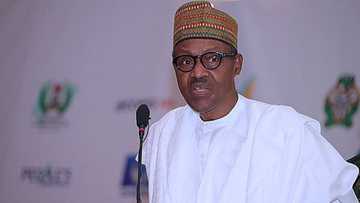
Read also
Muhammadu Buhari's net worth and assets: A look at the wealth of Nigeria's former president
Buhari started on a decline with -1.58%, and later attained a peak growth of 2.27% in 2019. Under his tenure, GDP growth averaged 1.40% (up until 2022). His supporters say that the 2020 Coronavirus pandemic was a major factor that slowed GDP growth.
According to NBS, this is the worst record since Nigeria’s return to democracy (discounting the ongoing administration of President Bola Tinubu, as data is not yet available).
6. Foreign external reserves
This indicator shows how much Foreign exchange the government generates to pay for its imports and fund FX demands, and stabilise the naira. Economists, thus, consider it a key indicator of a government’s success.
Former president Obasanjo grew Nigeria’s external reserves from $7.11 billion to $42.30 billion, but under the Yar’Adua/Jonathan administration, it declined gradually to $28.34 billion.
Under Buhari’s administration, foreign reserves grew as high as $40 billion but eventually closed at $35.15 billion on May 29 2023.
7. Poverty rate
There is a dearth of data on Nigeria’s poverty rate in the early 2000s, but a UN report puts Nigeria’s poverty rate at 69% in 2011. This refers to the number of people living below the poverty line of $2 per day.
By May 2015, when the late President Buhari took over, Nigeria's poverty rate had declined to 40.1%, according to Statista.
By May 2023, the number had only slightly declined to 38.9% with an estimated 87 million Nigerians living below $2 daily.
However, the National Bureau of Statistics reported that 63% of Nigerians were multidimensionally poor across monetary, health, education and other metrics, with the numbers higher in the northern rural areas.
By 2022, the World Bank stated that Nigeria had become the largest contributor to poverty in Sub-Saharan Africa, which is also known as the world’s poorest region.
It was at this time that Nigeria was referred to as “poverty capital of the world” after the World Poverty Clock announced that Nigeria had surpassed India as the country with the most people living in extreme poverty.
8. Fuel price
This is probably the most critical indicator as it has a direct impact on the cost of transportation, production, food prices and every other living expense. In fact, a hike in fuel price is easily the most effective trigger to increase the cost of living, and for as long as fuel subsidies lasted, fuel price was determined by the government.
Obasanjo took he fuel price from N20 in 1999 to N75 by 2007 (a 275% increase). Under the Yar’Adua/Jonathan administration, the fuel price went from N75 per litre to N87 in May 2015. There was, however, a temporary spike to N145 per litre when the government attempted to remove subsidies.
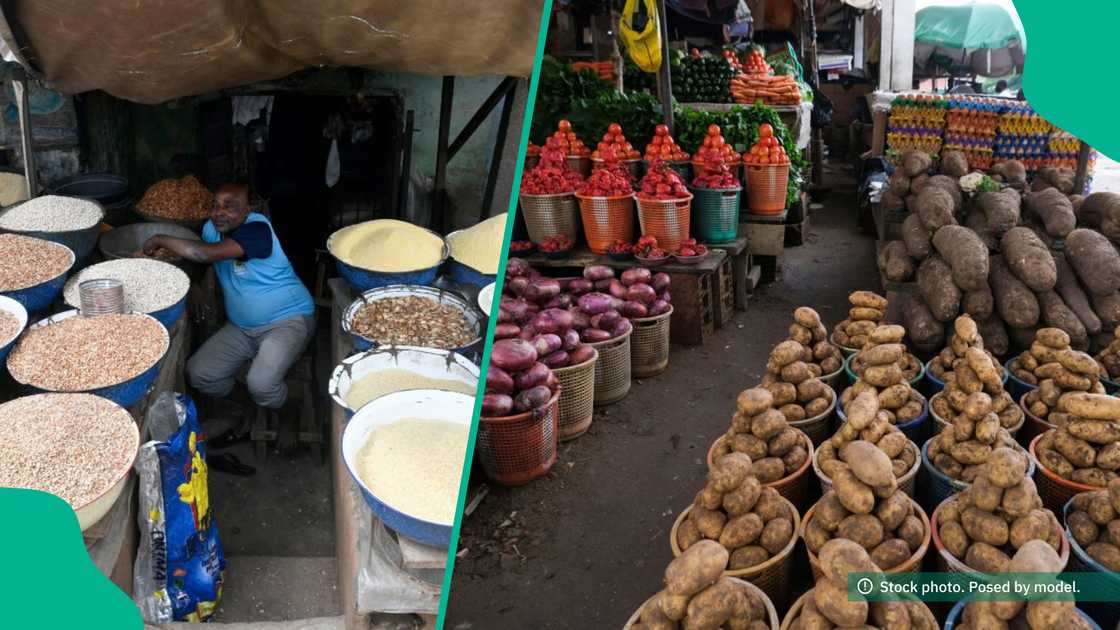
Source: Getty Images
Under Buhari’s administration, fuel price went from N87 per litre to N210 by May 2023 (241% increase). This translated into increased hardship for Nigerians amid the spike in living expenses.
Conclusion
On 7 of these economic indicators, Nigeria regressed within the 8 years, so much that some analysts said the government had reversed the earlier 16 years' gains under the previous presidents.
Out of the sampled indicators, the only metric that showed improvement was the Foreign external reserves.
NNPC slashes petrol price again
Earlier, Legit.ng reported that the Nigerian National Petroleum Company Limited (NNPCL) announced a reduction in its petrol pump price on Wednesday, July 16, 2025.
The company said the Lagos retail stations are now dispensing at N865 per litre, the same price offered by Dangote partners.
This is a N20 reduction from the former price of N885, and is the third price reduction in one week, amid the price war.
Proofreading by James Ojo, copy editor at Legit.ng.
Source: Legit.ng


